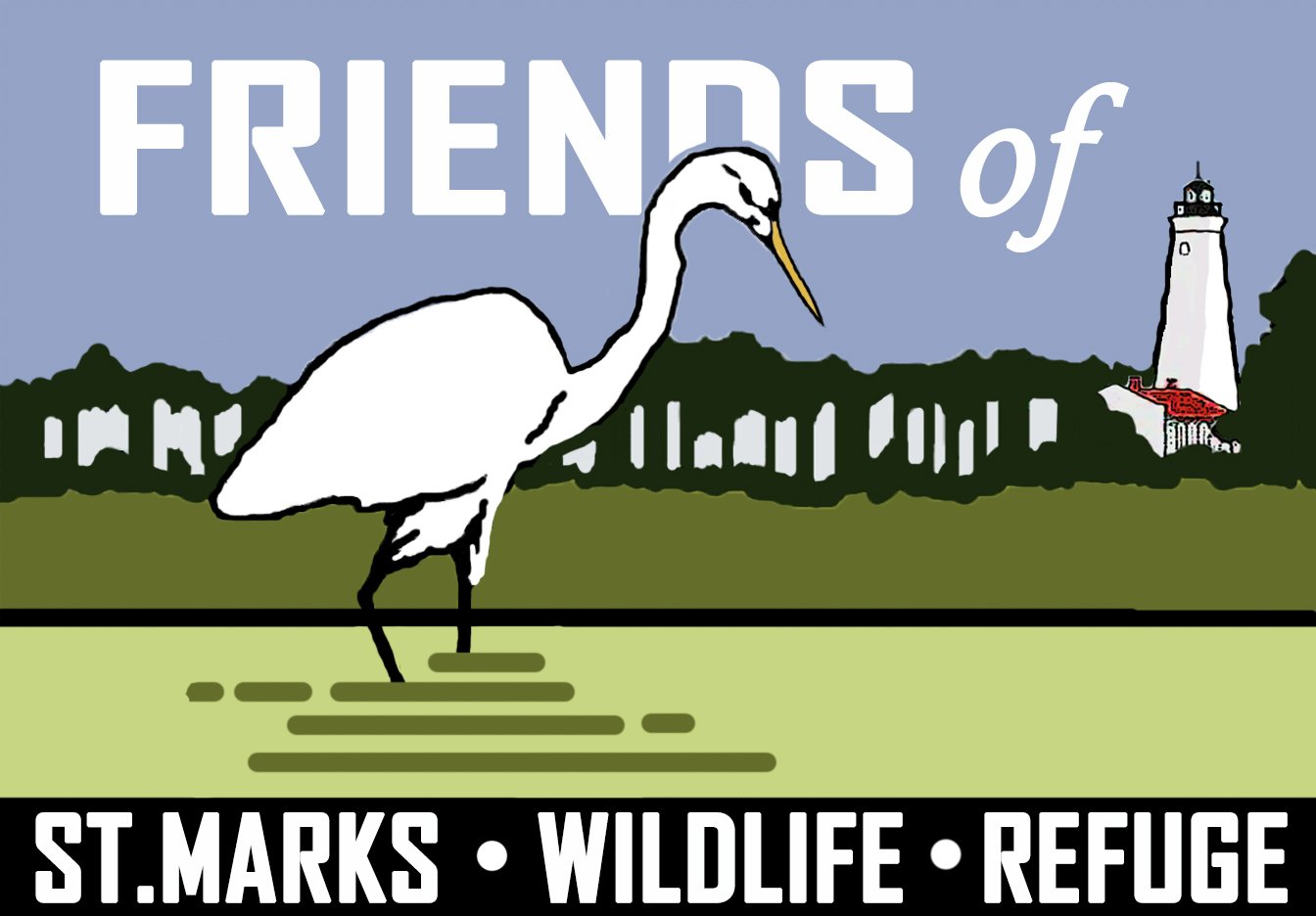Frosted Flatwoods Salamanders
The Frosted Flatwoods Salamander is a federally listed threatened species, which typically breeds from October to January during rainy weather. Populations of Frosted Flatwoods Salamanders can be found in fewer than 3 areas throughout the U.S, and St. Marks National Wildlife Refuge is one of those sites. The Refuge has a couple of dozen ponds with breeding populations of salamanders.
These salamanders live in seasonally wet flatwoods. The adults migrate from Longleaf or Slash pine forests to dry pond basins in the fall. After breeding, females will lay clutches ranging from one to 34 eggs, and the embryos will take roughly two weeks to develop. However, it is not until winter rains fill the ponds that the eggs become completely inundated with water that the larvae hatch. Without these winter rains flatwoods salamander eggs may dry out and fail to hatch.
Threats to The Frosted Flatwoods Salamander
There are several threats to the long-term viability of frosted flatwoods salamander populations. Increased climate variability, from global climate change, leads to threats such as extended periods of drought and greater intensity of hurricanes. These changes in climate pose the risk of drying eggs out before they can hatch or flooding the breeding habitats with saltwater – which was the case with Hurricane Michael in 2018.
However, this is far from the only danger. The salamanders have also historically faced population declines due to loss of habitat. Logging of longleaf pine ecosystems and suppression of wildfires throughout the 20th century created habitats not suited for flatwoods salamanders. The restoration of these habitats through recovery of longleaf pines and implementation of prescribed burning has been the primary focus of conservation efforts. Prescribed burning especially help to increase the herbaceous ground cover salamanders need to lay their eggs under to protect them from predation.
St. Marks Recovery Efforts
Larva of the salamanders have a very low survival rate of about 5%. However, Refuge staff and Friends supported Interns work to isolate the previously identified breeding ponds and trap larva. Larva are then relocated and monitored in a more protected environment so that threats from predators are eliminated, their prey is abundant, and there is no risk of water drying up before the larva are ready to metamorph into land-dwelling adults.
Preservation work begins each fall. In mid-October, interns began setting funnel traps and laying drift fences around the refuge ponds. Scanners and camera traps are also set up to continuously monitor gaps in the fences to pick up salamander movement overnight. From then on, they check traps twice a day, monitoring movement in and out of the ponds, including not only our target flatwoods salamanders but other amphibians and reptiles as well.
In the Spring, the Refuge helps to boost population numbers through a “head-starting” program. This program raises larva and eggs collected in the previous fall and winter in isolated tanks. There they are safe from predation, competition, and dessication, and it increases the rate of larval survival to about 70-95%
The three videos below were produced by former Refuge interns Cholë Dubben and Kelly Johnson, who are funded by the Friends. They document the catching, processing and releasing of the Frosted Flatwoods Salamanders.
Interns Chloë Dubben and Kelly Johnson catch a salamander
Intern Chloë Dubben describes process a salamander prior to release
Intern Kelly Johnson describes the process of releasing salamanders






